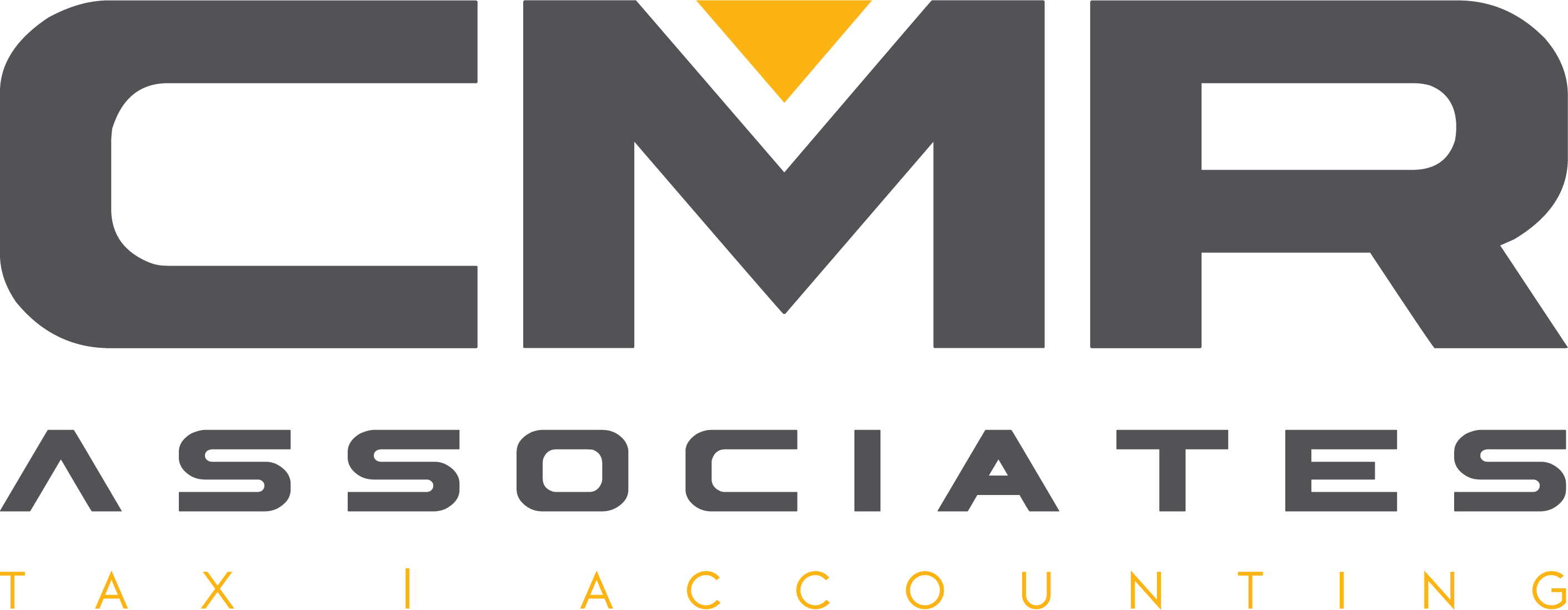
New law provides a variety of tax breaks to businesses and employers
While you were celebrating the holidays, you may not have noticed that Congress passed a law with a grab bag of provisions that provide tax relief to businesses and employers. The “Further Consolidated Appropriations Act, 2020” was signed into law on December 20, 2019. It makes many changes to the tax code, including an extension (generally through 2020) of more than 30 provisions that were set to expire or already expired.
Two other laws were passed as part of the law (The Taxpayer Certainty and Disaster Tax Relief Act of 2019 and the Setting Every Community Up for Retirement Enhancement Act).
Here are five highlights.
Long-term part-timers can participate in 401(k)s.
Under current law, employers generally can exclude part-time employees (those who work less than 1,000 hours per year) when providing a 401(k) plan to their employees. A qualified retirement plan can generally delay participation in the plan based on an employee attaining a certain age or completing a certain number of years of service but not beyond the later of completion of one year of service (that is, a 12-month period with at least 1,000 hours of service) or reaching age 21.
Qualified retirement plans are subject to various other requirements involving who can participate.
For plan years beginning after December 31, 2020, the new law requires a 401(k) plan to allow an employee to make elective deferrals if the employee has worked with the employer for at least 500 hours per year for at least three consecutive years and has met the age-21 requirement by the end of the three-consecutive-year period. There are a number of other rules involved that will determine whether a part-time employee qualifies to participate in a 401(k) plan.
The employer tax credit for paid family and medical leave is extended.
Tax law provides an employer credit for paid family and medical leave. It permits eligible employers to claim an elective general business credit based on eligible wages paid to qualifying employees with respect to family and medical leave. The credit is equal to 12.5% of eligible wages if the rate of payment is 50% of such wages and is increased by 0.25 percentage points (but not above 25%) for each percentage point that the rate of payment exceeds 50%. The maximum leave amount that can be taken into account for a qualifying employee is 12 weeks per year.
The credit was set to expire on December 31, 2019. The new law extends it through 2020.
The Work Opportunity Tax Credit (WOTC) is extended.
Under the WOTC, an elective general business credit is provided to employers hiring individuals who are members of one or more of 10 targeted groups. The new law extends this credit through 2020.
The medical device excise tax is repealed.
The Affordable Care Act (ACA) contained a provision that required that the sale of a taxable medical device by the manufacturer, producer or importer is subject to a tax equal to 2.3% of the price for which it is sold. This medical device excise tax originally applied to sales of taxable medical devices after December 31, 2012.
The new law repeals the excise tax for sales occurring after December 31, 2019.
The high-cost, employer-sponsored health coverage tax is repealed.
The ACA also added a nondeductible excise tax on insurers when the aggregate value of employer-sponsored health insurance coverage for an employee, former employee, surviving spouse or other primary insured individual exceeded a threshold amount. This tax is commonly referred to as the tax on “Cadillac” plans.
The new law repeals the Cadillac tax for tax years beginning after December 31, 2019.
Stay tuned
These are only some of the provisions of the new law. We will be covering them in the coming weeks. If you have questions about your situation, don’t hesitate to contact us.




